MPU6050 DevBoard is used to sense rotational and translational motion of device. Signals are processed with ESP32 to calculate roll, pitch, yaw and position, converted to binary and sent via Bluetooth Low Energy.
Position and rotation can be reset by holding down the pushbutton, a red LED indicates readiness.
Circuit schematic:
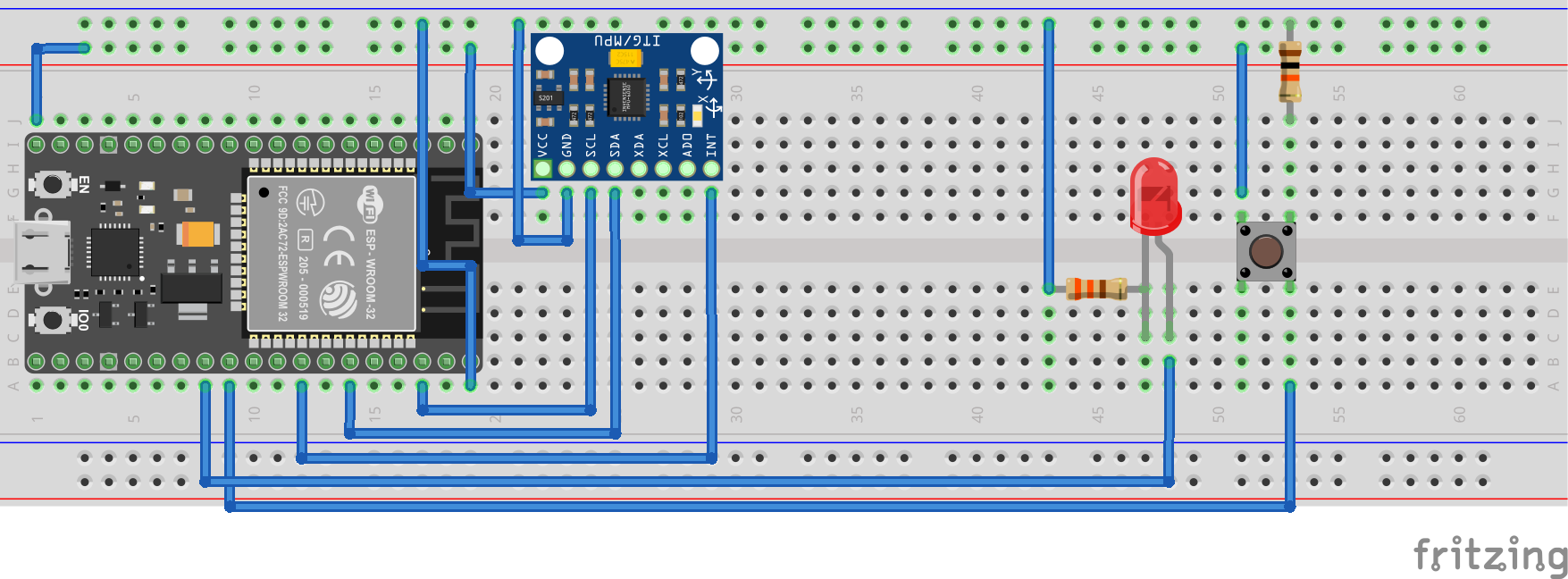
Code for ESP32 and Android App can be found in attached github repositories. CAD files for casing are attached below.
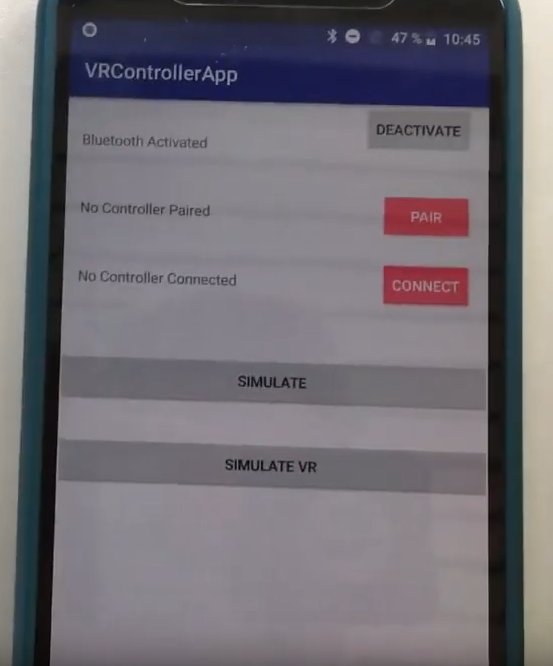




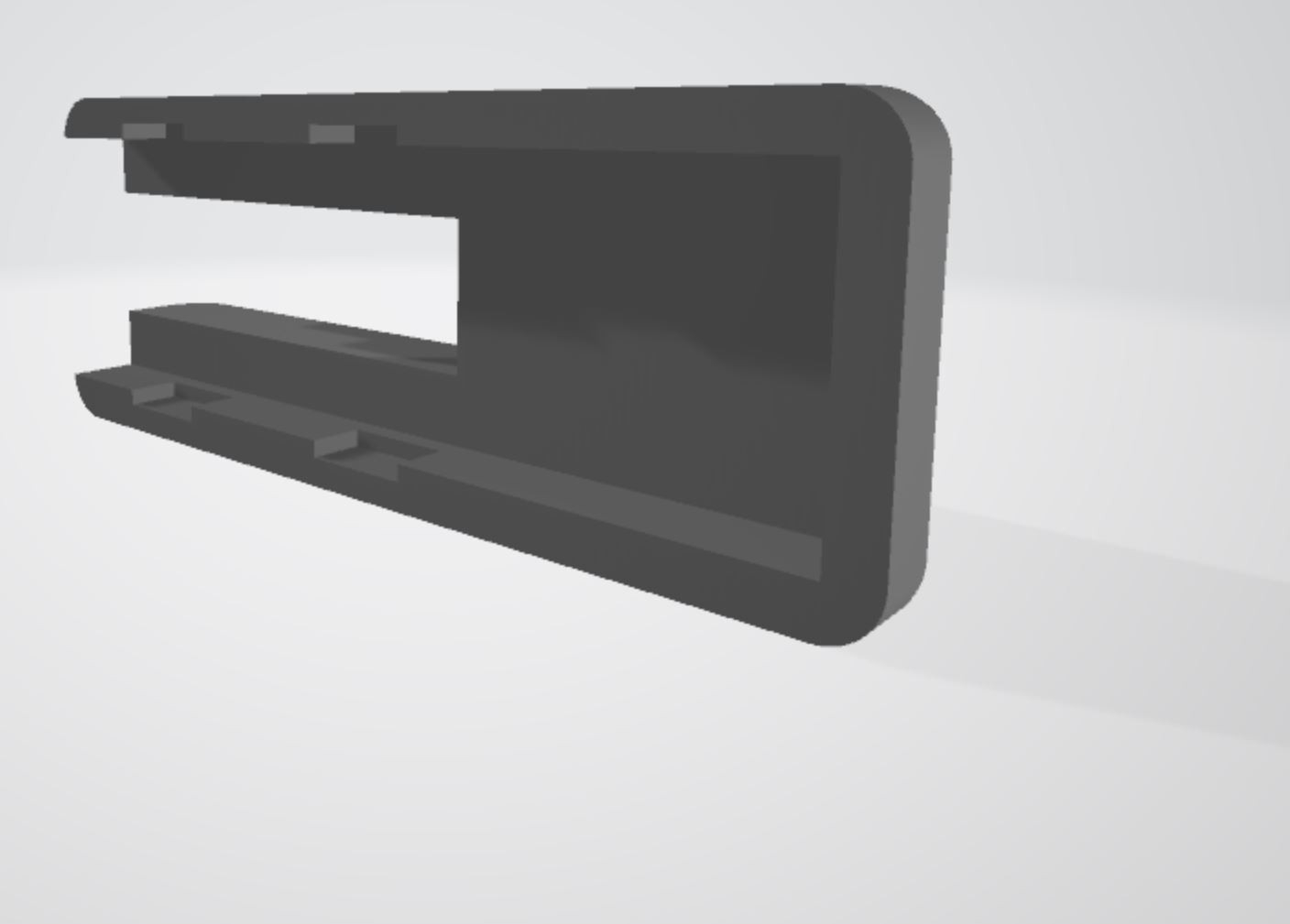


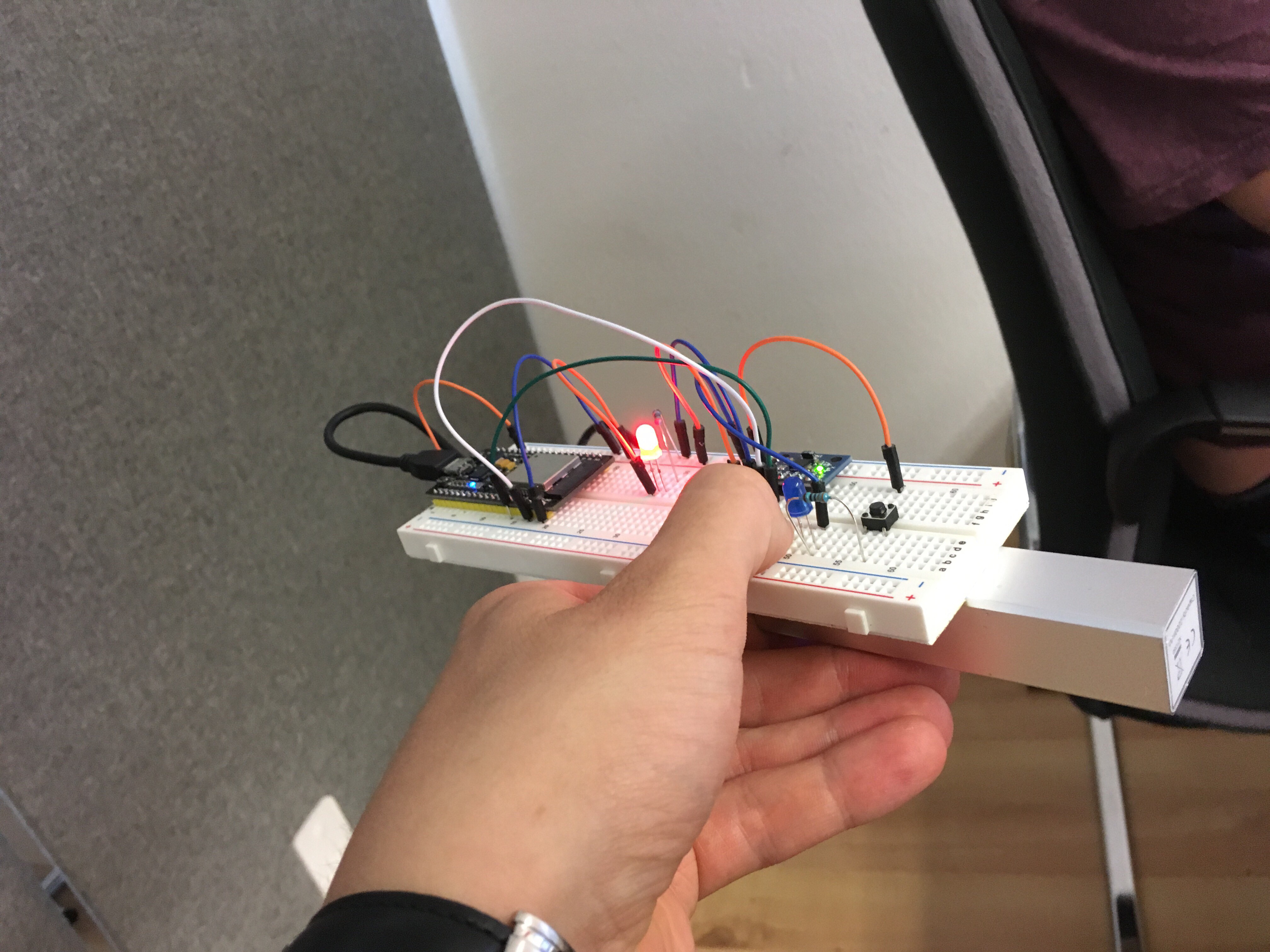

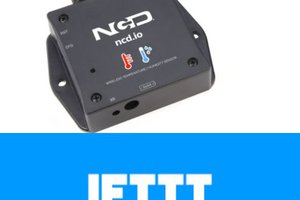
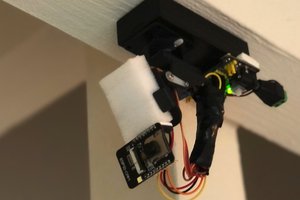
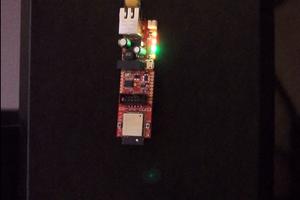

What it actually do.?